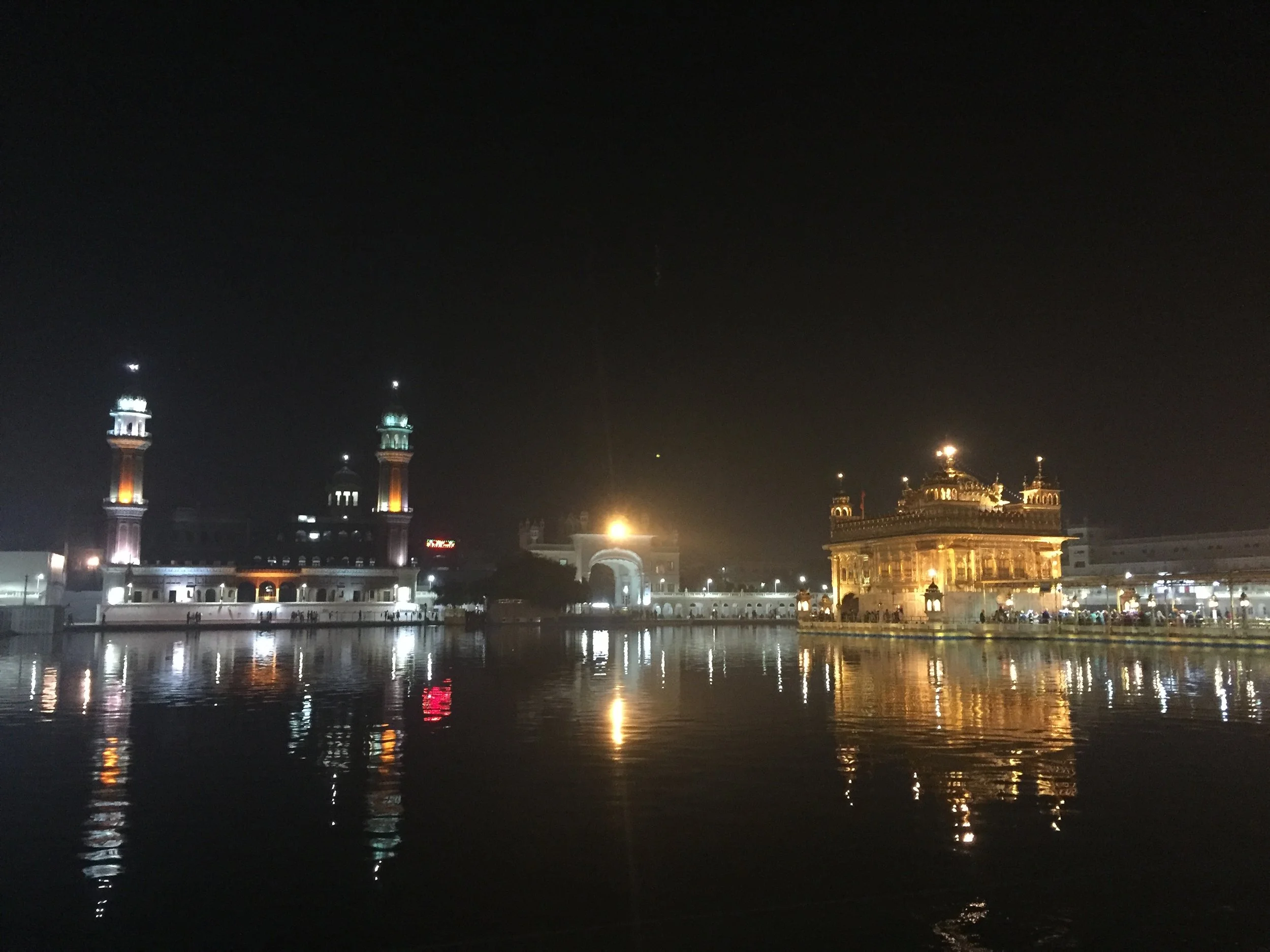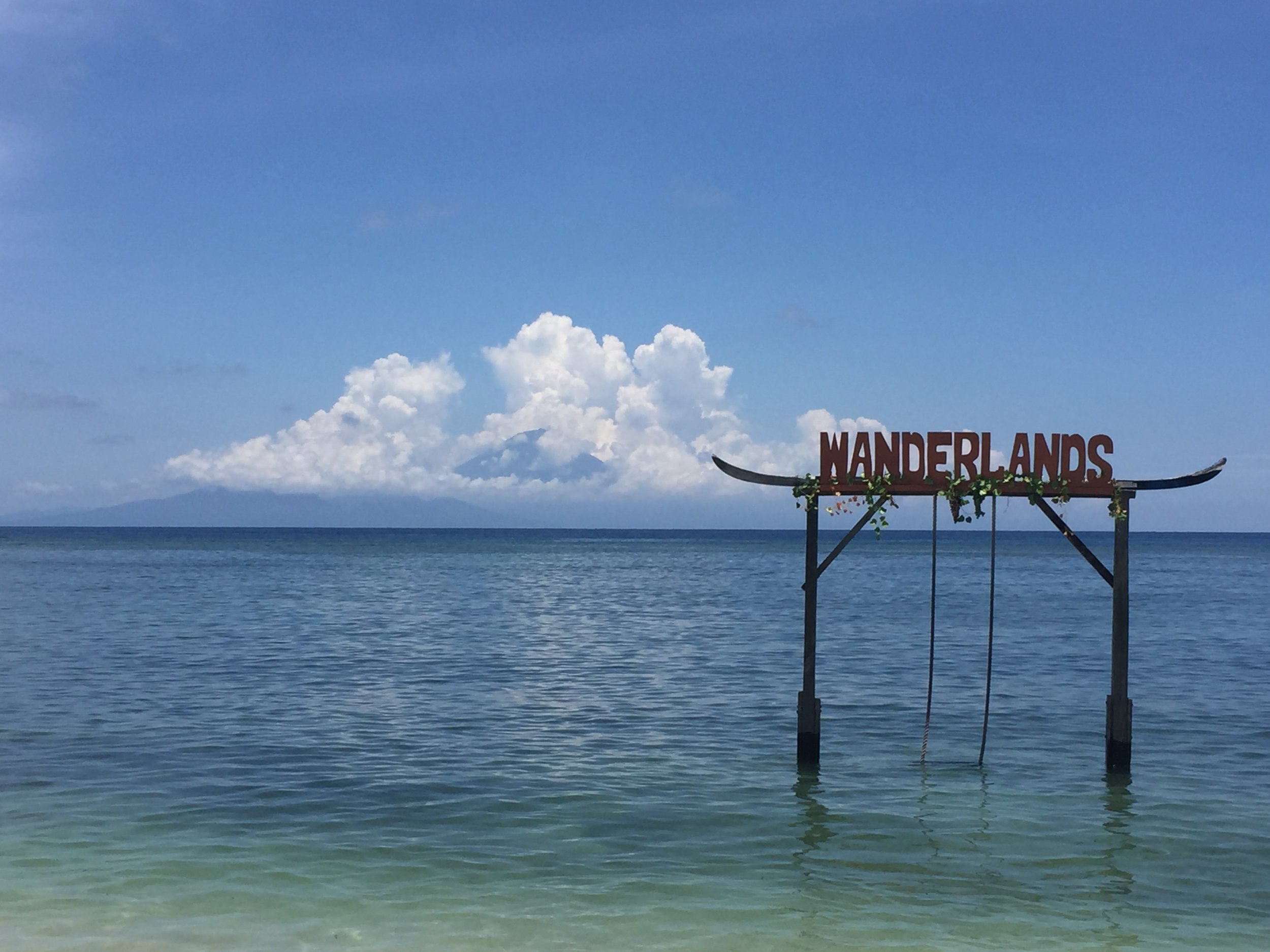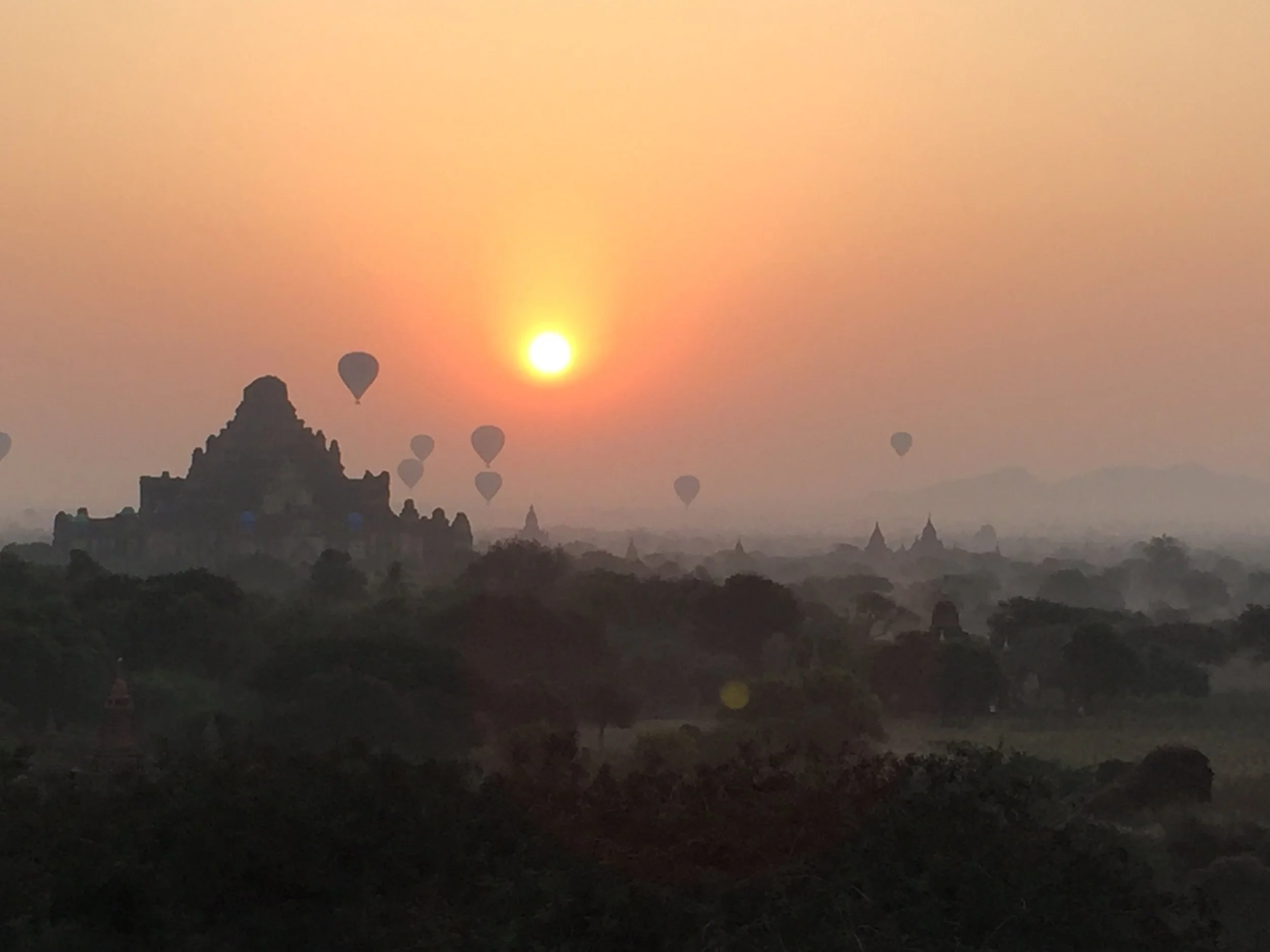quick thoughts from 18 hours in Doha

Doha is not at the top of most backpacking or travel lists. I'm not even sure there are any hostels in the city - HostelWorld lists one hotel for $163 per night. Nevertheless, with an 18-hour stopover from Colombo to Johannesburg, I was excited to explore my 40th country and first in the Middle East.
I had my marching hours for Doha on the advice of Bob Oceans, a good friend we had met in Canggu. An Egyptian-born entertainer living in Qatar, his recommendations took me around Doha to the cultural centers that the city likely built up to offset its staid downtown business district.
Monday morning isn't exactly rush hour in Doha's Souq Waqif.
A minaret rises in the background.
The day started at 8am, when my plane landed in Doha's international airport. It became immediately apparent from the airport how empty the city is on a Monday morning. Much like Singapore or Kuala Lumpur, from the visa-on-arrival desk onward, everything was clean, ordered, and ran smoothly.
I felt the same unbridled excitement coming into Doha that I had in Tokyo and Delhi. Doha was my first immersive exposure to Arabic culture - something that, like its Japanese or Indian counterparts, gets so frequently portrayed in pop culture and media, but which I had never witnessed in-person. It was interesting wandering the city as one of few westerners, packed in with Chinese and Middle Eastern businessmen.
My first stop on the Bob Tour was Souq Waqif, an open-air souq, or market, that sits along the Corniche street on the city's main bay. The market is over a hundred years old, but was recently renovated to preserve its historical Qatari architectural style - a maze of small streets and open plazas. Walking the streets, you can see merchants setting up shop to sell garments, live parrots, shisha, spices, coffee, crafts, and souvenirs.
After caffeinating at the souq, I made my way to the Museum of Islamic Art. The museum is Doha's most well-known tourist attraction, as was obvious from the hushed groups of Chinese and American businessmen in their off-hours being ushered around by local guides.
Old battle scenes from Quranic scripture.
Up above, a shot of the museum's front.
Ancient Arabic script from an early Quran.
A page from an early hand-written Quran.
The museum houses art from the different periods and cultural capitals of Islam - Egypt, Iran, Syria, Turkey - and their Indian and Chinese kingdom influencers, such as Genghis Khan, which made forays into the Islamic world. One fun fact I picked up: apparently the Safavid, Ottoman and Mughal empires exchanged gifts to celebrate the circumcision of each ruler's son.
Another thing I learned was that I do not dress nearly conservatively enough for the Middle East. I spent the day walking in shorts and my Funding Circle t-shirt. Through the course of the day, though I never drew any looks, I saw nobody else wearing either item; even in the heat, long sleeves were the preferred option.
In its conservatism, Doha is quiet. It feels mostly empty for a city of its scale. The central business district, packed with skyscrapers, is obviously industrious but also reserved and pedestrian-free. You see some joggers making their way down the Corniche, but mostly men walking in tawbs or women in flocks of abayas and niqabs.
The Corniche traces the edge of the Doha bay, which wraps around from the art museum to the business district in a shape not unlike the Islamic crescent.
The city is pristine, much like a diorama of a city or a Disney Arabia theme-park. It retains the inoffensive sterility of a city built up quickly around new resource wealth - in Qatar's case, the oil discovered after the second World War that replaced pearls as its major export.
By day, the city is overcast and hot. By night, walking through Katara Cultural Village, a mist of sand rolls in, making you feel even more like you're in the middle of an endless desert.
One thing that struck me walking around the city was how self-conscious and slightly on edge I felt as a western, white person in an Islamic city. It was a disappointing realization: 16 years of conditioning in the US in the shadow of 9/11 had instilled a small instinctive response to Arabic and Islam. I felt a small uneasiness bordering almost on fight or flight response when confronted by a culture so often represented as hostile, not that I wanted to. Nobody in Doha paid any mind to another westerner walking the streets, but still it was hard to shake this odd hypersensitivity.
A shot of the downtown skyscrapers from along the Corniche.
The entrance to Katara Cultural Vilage - as empty as the rest of the city on a Monday evening.
Katara Cultural Village was my last stop in Doha. As the name suggests, it is a maze of streets, museums, and shops built to resemble a historic Arabian town. The village was as empty as the rest of Doha on a Monday, in spite of a few art museums and ongoing exhibit about ouds - the original rock guitar. So, as with much else in Doha, I had the museums to myself.
In one day, I found Doha really interesting, not for any particular features of the city itself, but for how culturally apart it felt from home. It ignited a strong desire to see more of the Persian Gulf and Arab world, which will hopefully one day bring me back.
Nik / 3.24.17
Hmm this reminds me of someone prominent but I can't place it.
Qatar's new and old leaders, the Sheikhs Al Thani.
Last moments of Saddam.
The favelas of Rio, painted with faces by French street artist JR - part of an exhibition of his urban "no frames" art.




























